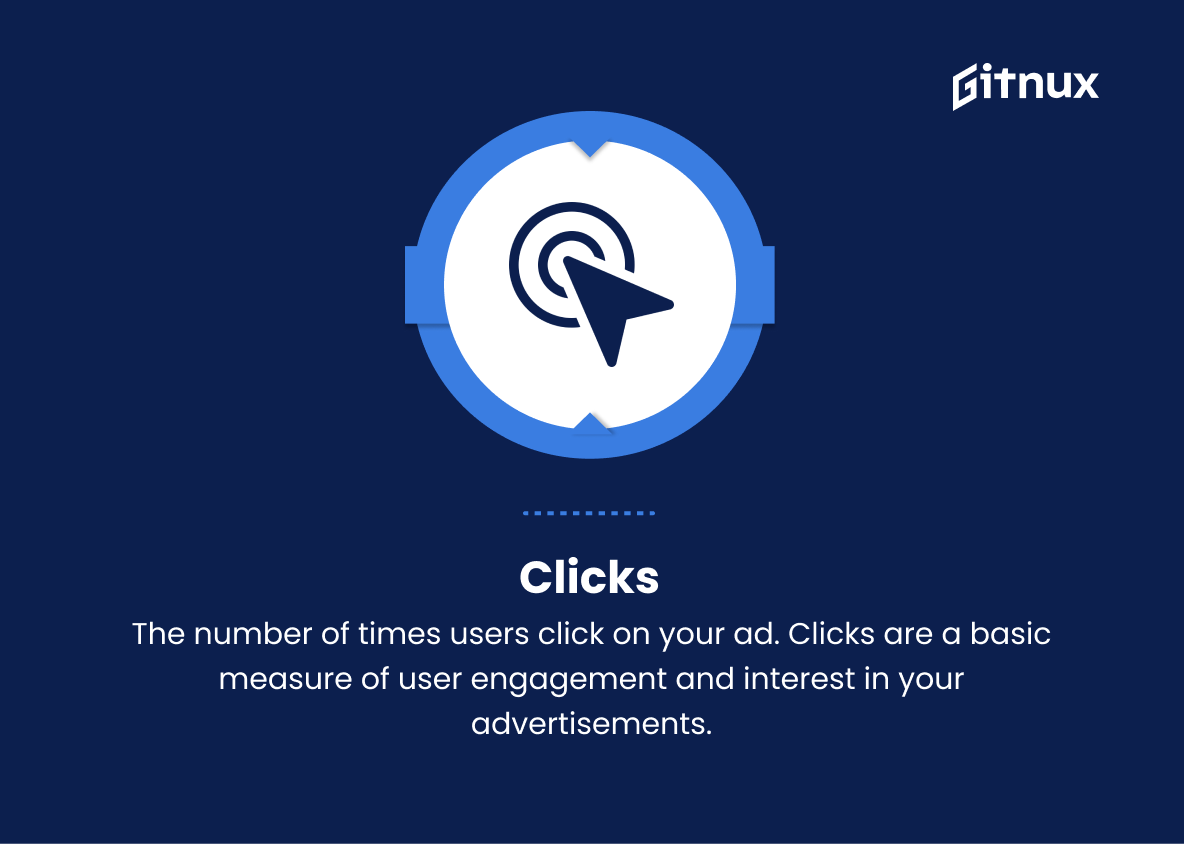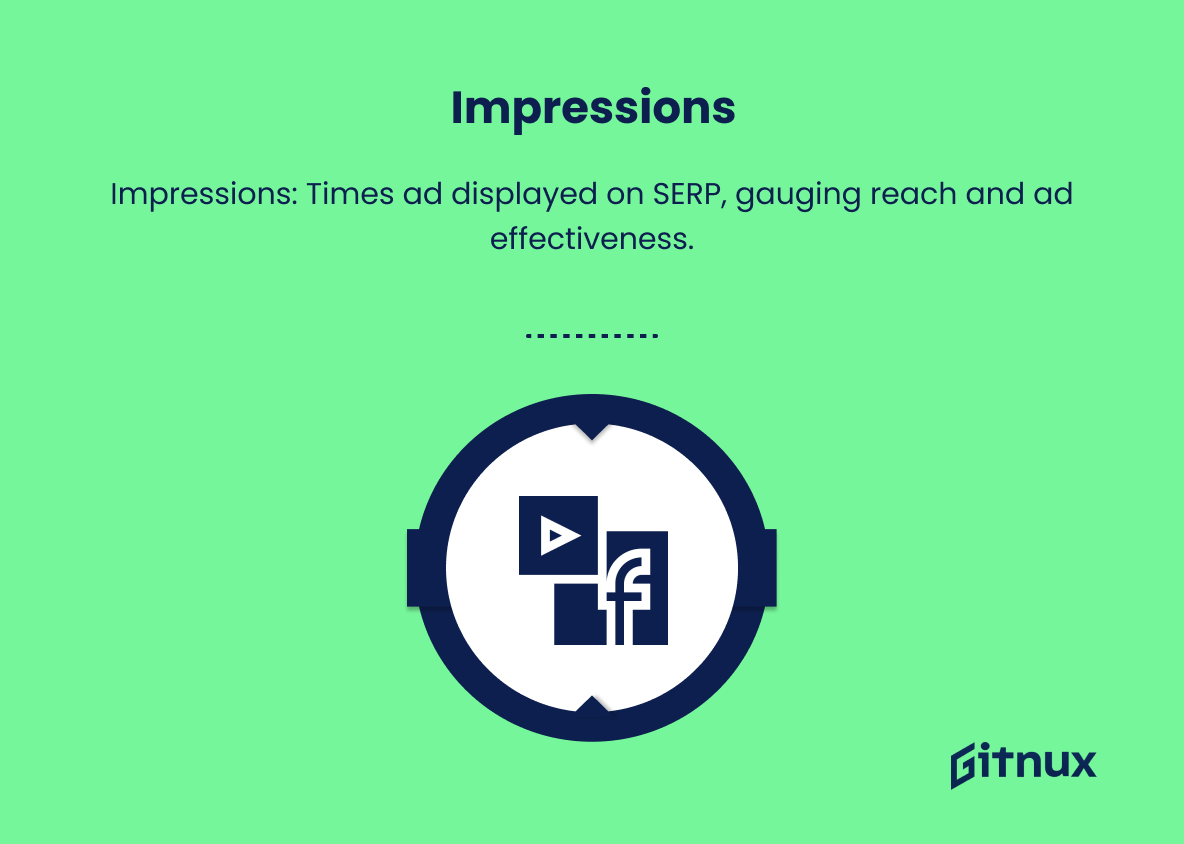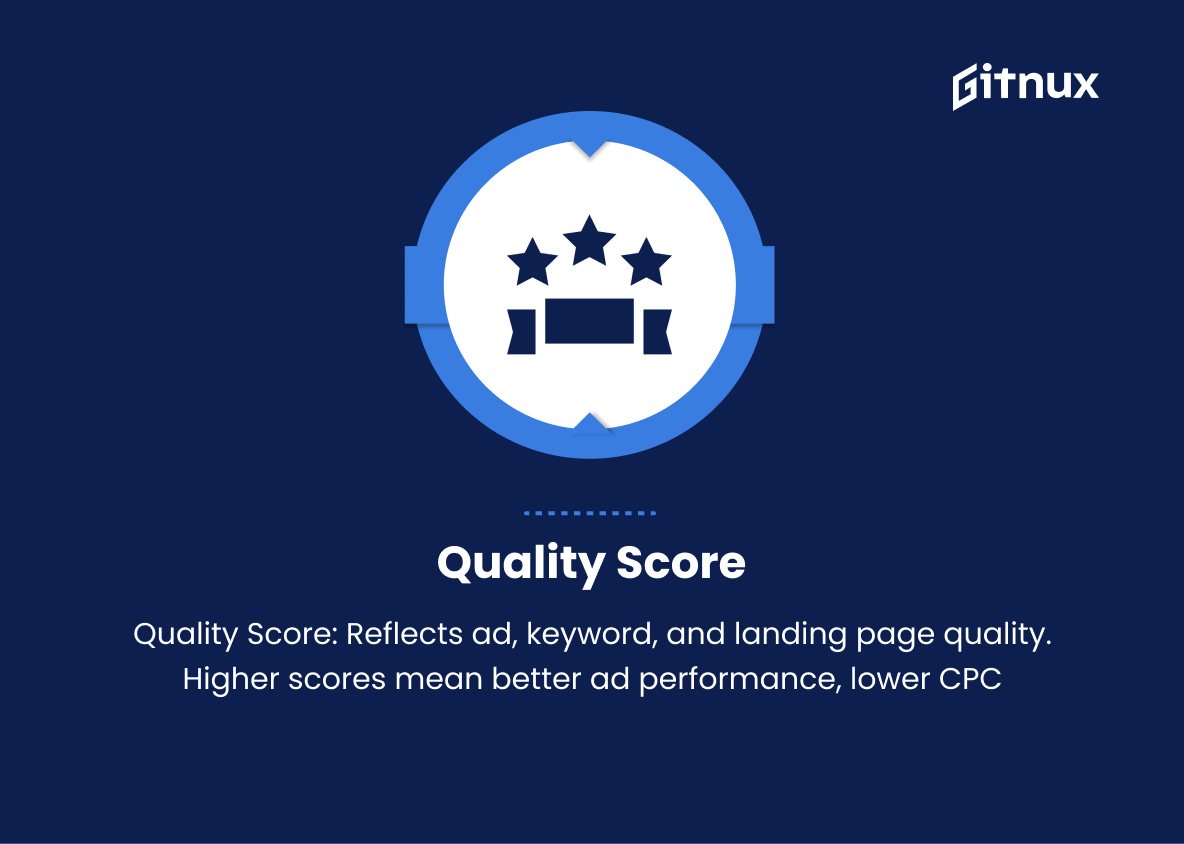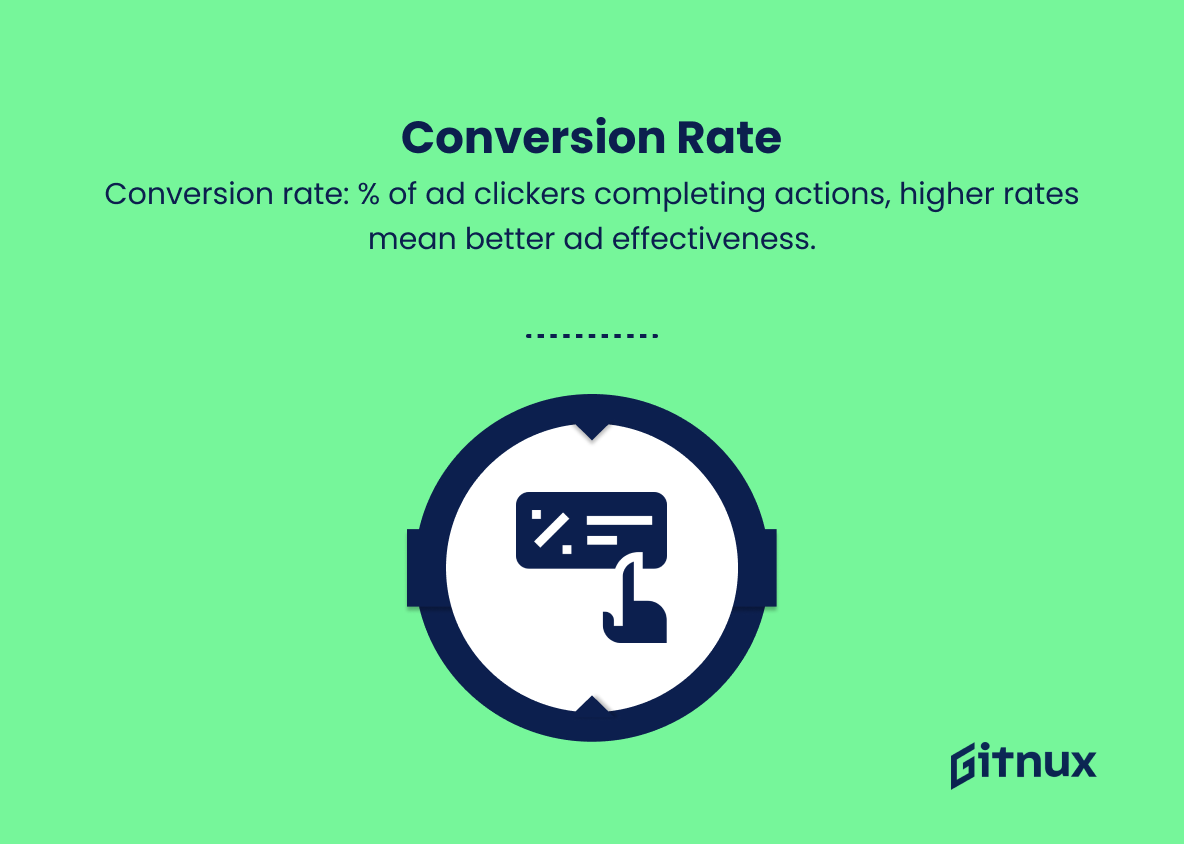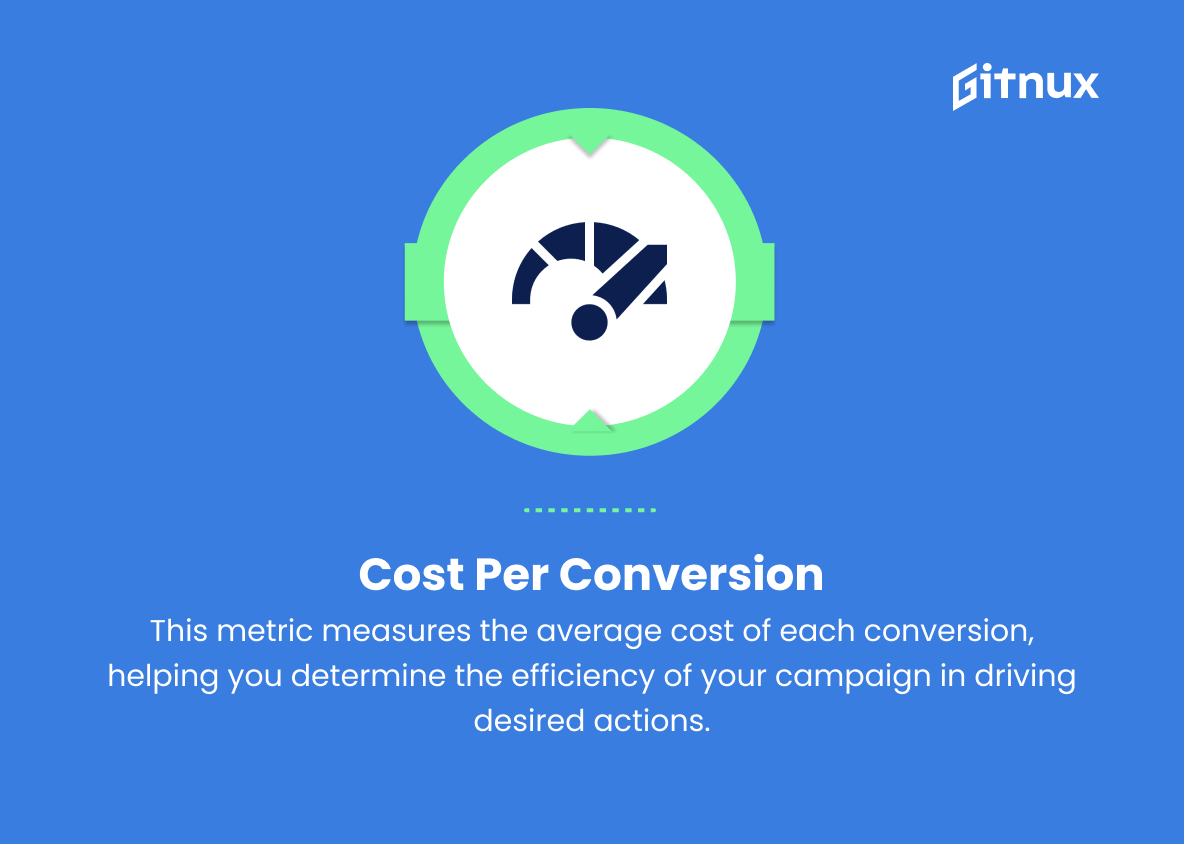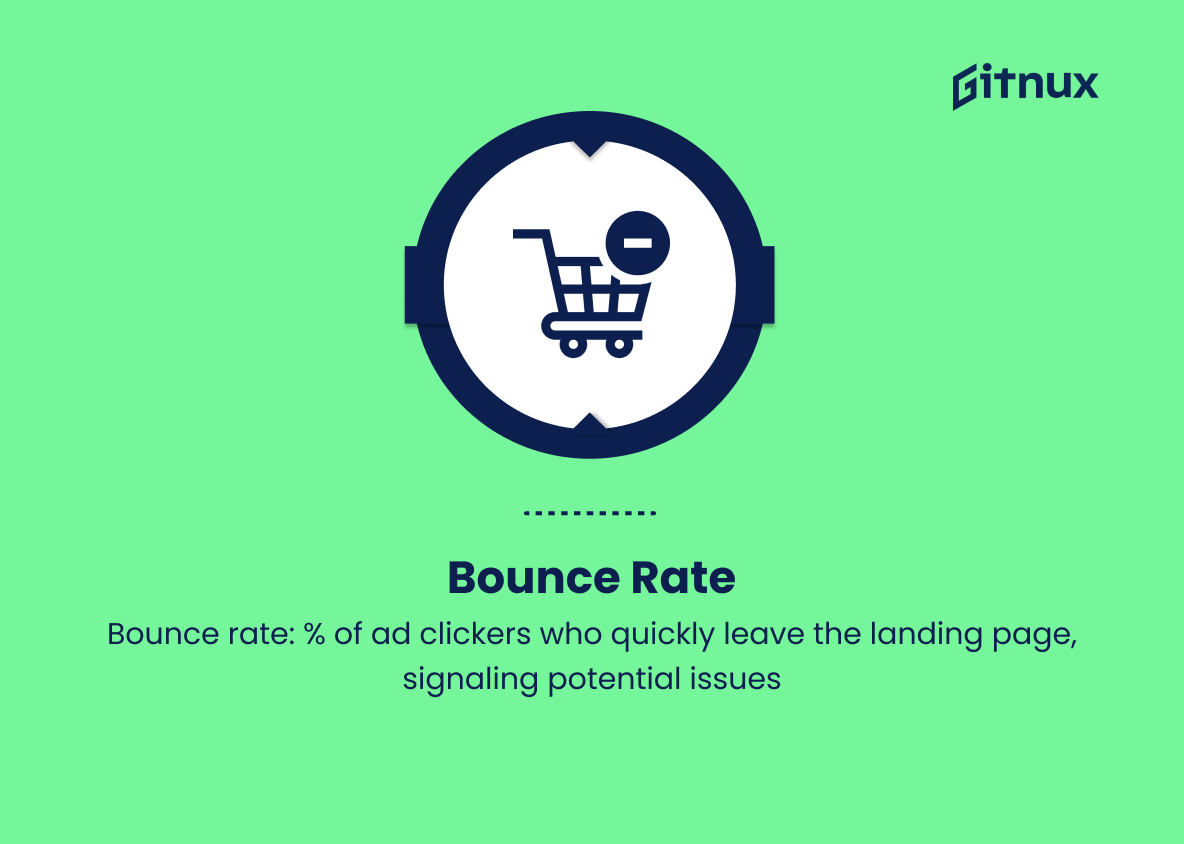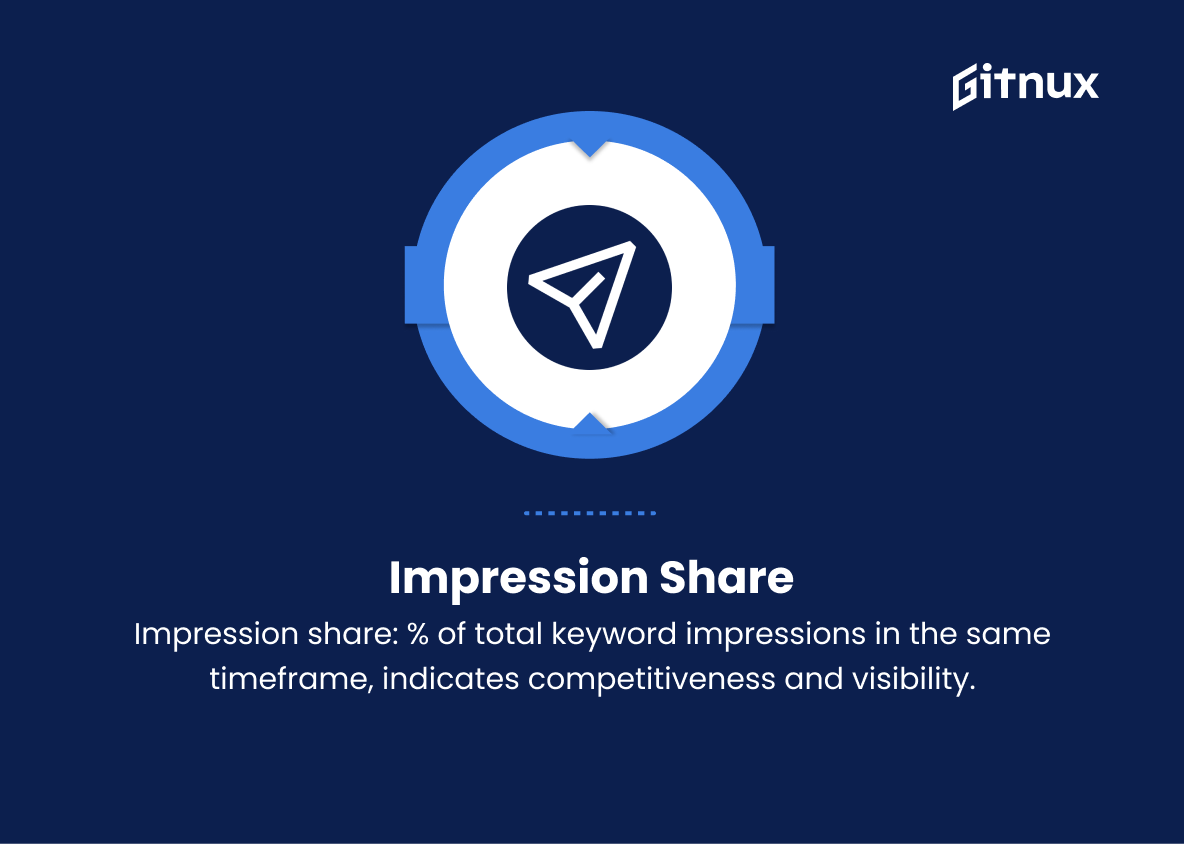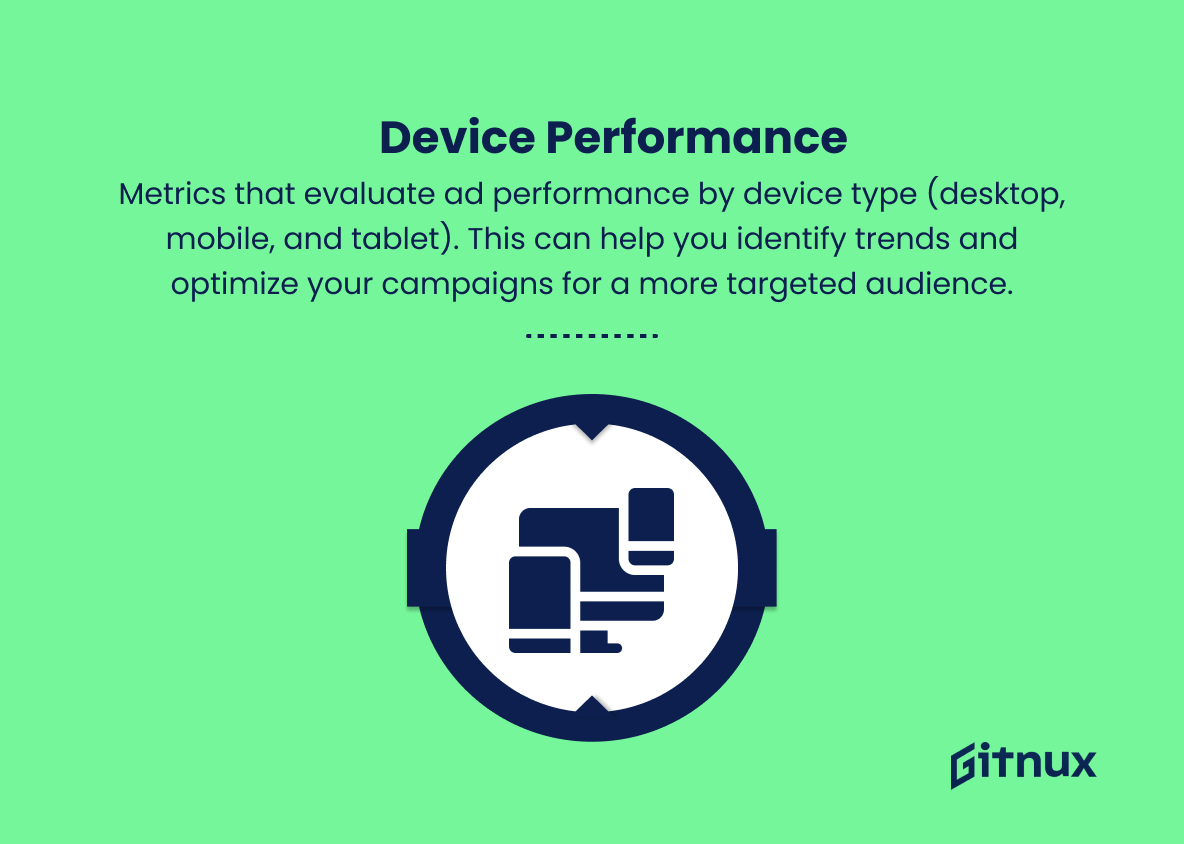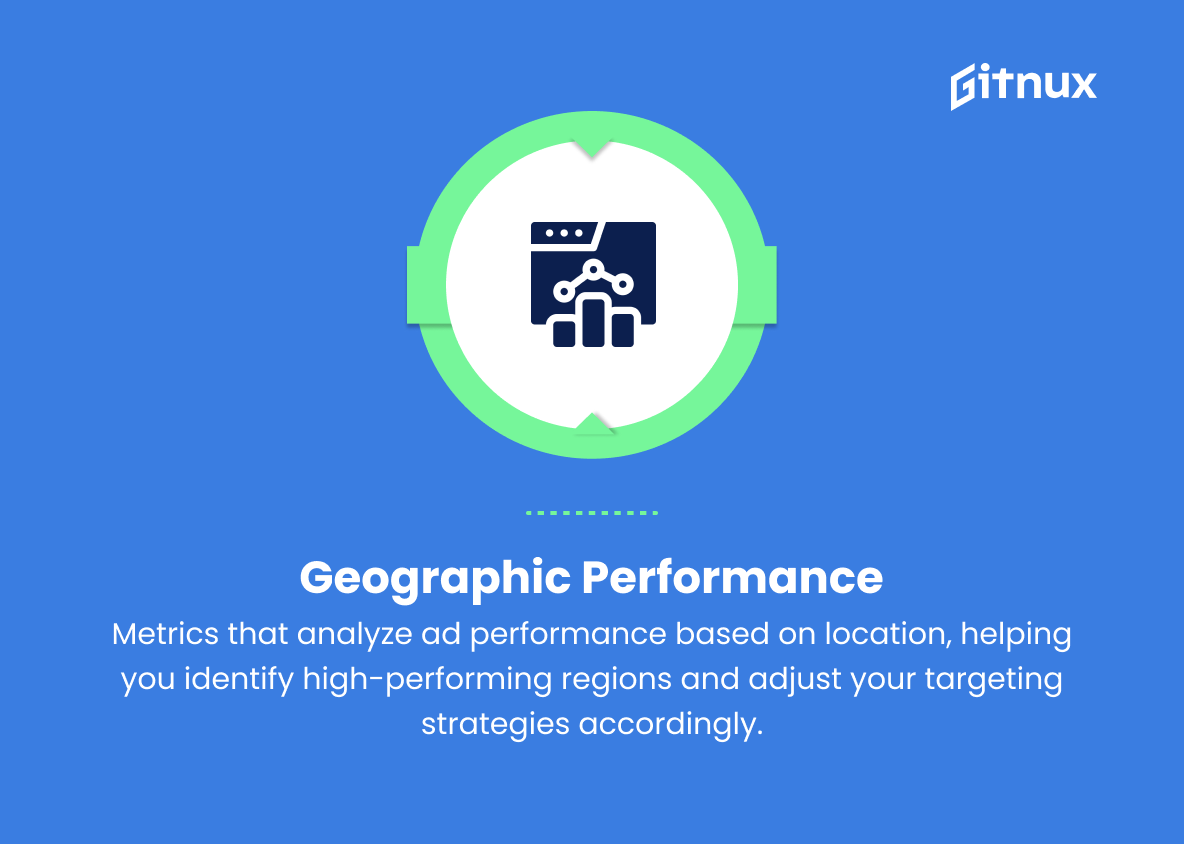In today’s fast-paced and constantly evolving digital landscape, search engine marketing (SEM) has emerged as an indispensable tool for businesses looking to effectively promote their products or services online. With an increasing number of consumers relying on search engines like Google, Bing, and Yahoo to make informed decisions and carry out transactions, the ability to strategically harness the power of SEM is crucial for any organization striving to achieve success in the digital realm.
However, for businesses to truly understand the impact of their SEM efforts and optimize their strategies, one must closely monitor and analyze various metrics that reveal critical insights into campaign performance. In this blog post, we delve deep into the world of SEM metrics and discuss the most significant ones that will help you refine and enhance your search engine marketing campaigns, ensuring a higher return on investment and long-term growth. So, buckle up and get ready to enter the world of search engine marketing metrics that will revolutionize the way you approach SEM.
Search Engine Marketing Metrics You Should Know
1. Clicks
The number of times users click on your ad. Clicks are a basic measure of user engagement and interest in your advertisements.
2. Impressions
The number of times your ad is displayed on a search engine result page (SERP). Impressions can help you determine the reach of your ads, and the effectiveness of your ad copy and keywords.
3. Click-Through Rate (CTR)
This is the ratio of clicks to impressions, presented as a percentage. CTR indicates the effectiveness of your ad in attracting users, with higher rates often representing more relevant and engaging ads.
4. Cost Per Click (CPC)
This metric measures the cost of each click on your ad. Lower CPC values typically mean more efficient ad spend, while still maintaining a competitive position in search results.
5. Cost Per Impression (CPM)
The cost per 1,000 impressions of your ad. CPM can help you understand the overall cost effectiveness of your campaigns when compared to other marketing channels.
6. Average Position
The average position of your ad on the SERP based on all searches where it appeared. Higher positions generally lead to better visibility and more clicks.
7. Quality Score
A metric assigned by search engines that reflects the overall relevance and quality of your ad, keywords, and landing page. A higher Quality Score often correlates to better ad performance and lower CPC.
8. Conversion Rate
The percentage of users who clicked on your ad and completed a desired action, such as making a purchase or signing up for a newsletter. Higher conversion rates indicate more effective ad campaigns and landing pages.
9. Cost Per Conversion (CPCV)
This metric measures the average cost of each conversion, helping you determine the efficiency of your campaign in driving desired actions.
10. Return on Ad Spend (ROAS)
A measure of profitability, ROAS calculates the revenue generated from your ad campaign divided by the amount spent on the campaign. Higher ROAS values indicate more effective campaign performance.
11. Bounce Rate
The percentage of users who clicked on your ad but then immediately left your landing page without any further interaction. A high bounce rate can signal issues with your landing page, ad relevance or targeting.
12. Keywords Performance
Metrics associated with individual keywords, including impressions, clicks, CTRs, and Quality Score, helps you assess which keywords are driving traffic and conversions, and which ones may need optimization.
13. Impression Share
The percentage of total impressions your ad received, compared to the total number of impressions for the same keyword(s) in the same timeframe. Greater impression share indicates better competitiveness and visibility in search results.
14. Device Performance
Metrics that evaluate ad performance by device type (desktop, mobile, and tablet). This can help you identify trends and optimize your campaigns for a more targeted audience.
15. Geographic Performance
Metrics that analyze ad performance based on location, helping you identify high-performing regions and adjust your targeting strategies accordingly.
Search Engine Marketing Metrics Explained
Search Engine Marketing Metrics play a crucial role in assessing and optimizing the performance of digital ad campaigns. Clicks, impressions, and click-through rates provide insights on user engagement, ad reach, and the effectiveness of ad creatives and keywords. Metrics like cost per click, cost per impression, average ad position, and Quality Score help in evaluating the cost efficiency and competitiveness of the campaign. Analyzing conversion rates, cost per conversion, and return on ad spend further aid in measuring the success of the campaign and its potential profitability.
Additional metrics such as bounce rate, keyword performance, impression share, device performance, and geographic performance empower marketers to identify areas of improvement, monitor trends, and optimize their campaigns to target the right audience, ultimately leading to better overall marketing performance. These metrics, when combined, give a comprehensive understanding of the strengths and weaknesses of a search engine marketing campaign and guide data-driven decision-making.
Conclusion
In conclusion, Search Engine Marketing Metrics are essential tools to measure the success and effectiveness of your online marketing campaigns. By closely monitoring and analyzing these metrics, you can not only identify the strengths and weaknesses of your campaigns but also optimize them to drive better results. Smart utilization of metrics like Click-Through Rate, Conversion Rate, Cost per Conversion, and Keyword Performance can help your business thrive in this increasingly competitive digital landscape.
As an integrated part of your overall marketing strategy, investing time and resources into understanding and leveraging these crucial SEM metrics is a necessity for sustainable growth and profitability of your online presence. So, without further ado, dive deep into these metrics, and unleash the true potential of your search engine marketing efforts.
